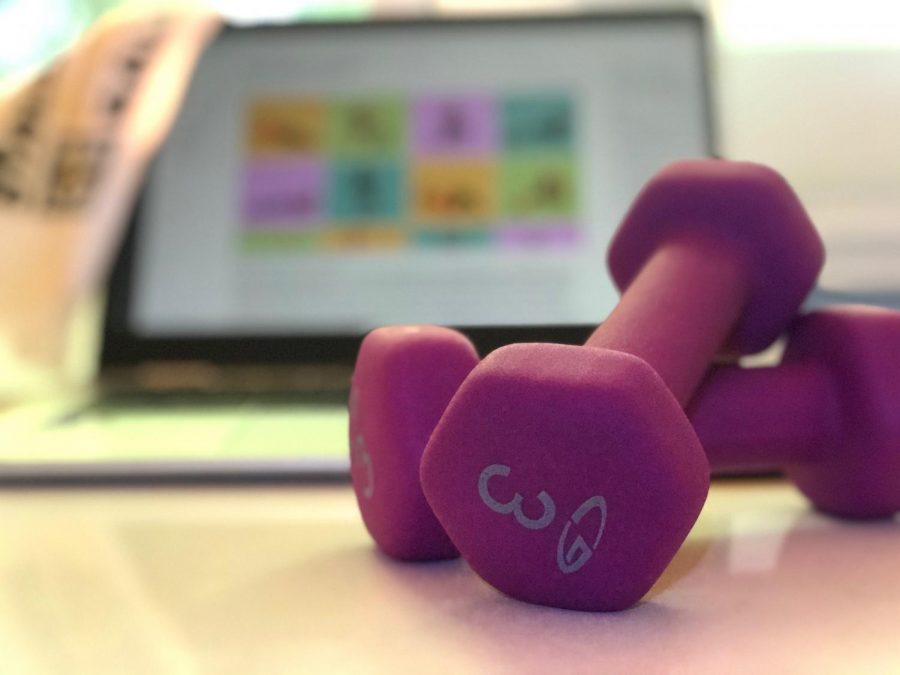The Practicality of Virtual PE
During the many drastic changes the current pandemic has caused, PE has also tried to adapt for students. However, is this new format beneficial for students?
January 17, 2021
During the current pandemic, Physical Education (PE) has moved online across the district to be taught without any live instruction. Moving in this direction is a large change from the original course; however, students and teachers wonder if it could be a practical change.
At the start of the school year, the main goal for the PE department was to keep students active and engaged for an entire class period.
Originally, all middle and high school level PE classes were being taught through APEX Learning. APEX is structured by lessons, providing weekly reading assignments and tests at the end of each unit. The weekly lessons focused mainly on how to stay healthy and the importance of athletics.
The problem with APEX was that there wasn’t any actual monitoring of each student’s physical activity. Many students and teachers brought up the flaws of this learning method and claimed that students were having their GPAs’ lowered because of the class.
“The curriculum was mainly delivered in a written format,” says Coach Hambrick, head of the physical education department. “Students who learn best in a more dynamic setting with visual cues, learning through movement, or conversational learning, these students struggled with the curriculum.”
Eventually, in a district board meeting on November 16, 2020, it was decided that a change needed to be made. Starting in the spring semester, PE would no longer use the APEX curriculum. However, the class would continue to be taught remotely and without live instruction.
Currently, in the spring semester, PE is 100% online and health teachers have implemented a fitness log, where students must document their weekly activity. The teachers, however, have no way of ensuring that the logs are authentic, a problem that all subject departments have been facing during online learning.
The grading system has also changed. All PE classes will now use a credit/no credit system, meaning that rather than receiving a letter grade, students will get full credit (CR) for the class in equivalent to an A, B, C, or D.
If the student received an F, they would have no credit (NC) in the class, with the opportunity to retake it during the summer or the next school year. Neither grade will affect the student’s overall GPA.
“In the end, the online curriculum really has no way to validate [student’s activity levels],” says Hambrick. “It really comes down to the honor system.”
At one point, the district discussed eliminating PE altogether, however, teachers and students voiced their concerns and placed emphasis on the true importance of physical education.
Isabelle Pasqual, a student at Shorecliffs Middle school, spoke out on how impactful PE is to her.
“I really do think PE should be allowed. It helps kids get more motivated, it helps students get rest, and it helps to stay more focused on your school work,” said Pasqual.
In the end, PE is proving to be very incompatible during a pandemic. Changes have been made, but not all problems have been solved. PE is important to many, however the question remains: can it truly be impactful when it’s all online?



